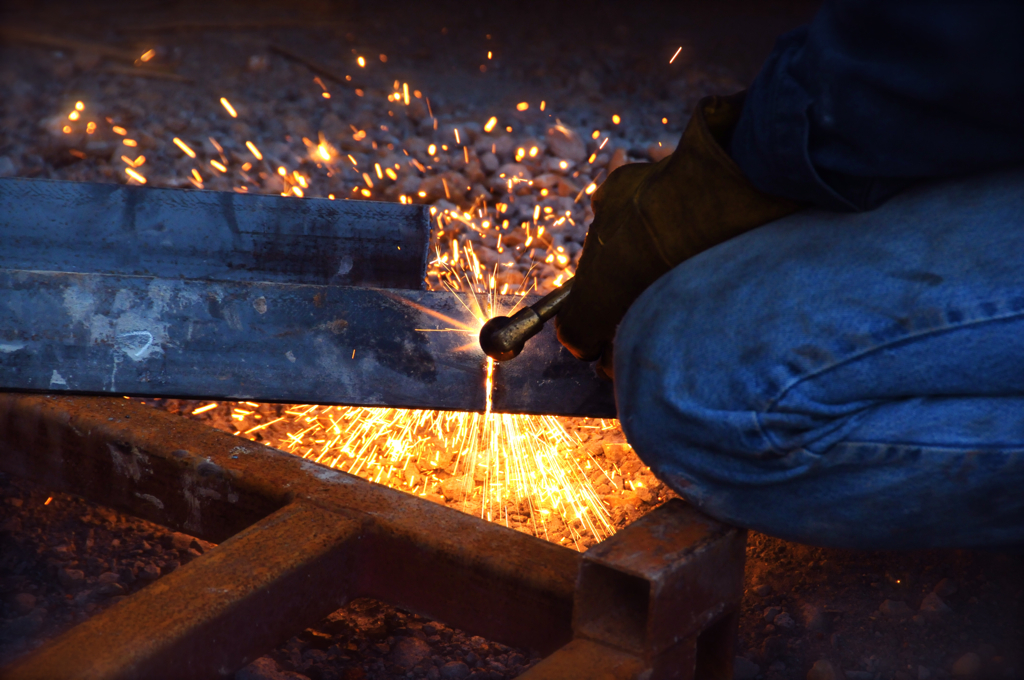UPDATED: OCTOBER 17, 2019
The late ’60s was a rocky time in United States. The country was focused on civil rights, women’s rights, and Vietnam. Also during that time, workplace injuries and illnesses were dramatically increasing in both number and severity. The public and workers were demanding workplace safety and health legislation. In 1970, the U.S. Congress enacted the Occupational Safety and Health Act (OSHA) to “assure so far as possible every working man and woman in the Nation safe and healthful working conditions and to preserve our human resources” 29 U.S.C.A. sec. 651(b). The OSHA Act requires contractors to provide a workplace “free from recognized hazards that are likely to cause death or serious physical harm.” 29 U.S.C.A. Sec. 654(a).

In New Jersey, the law requires that a general contractor on a worksite, as well as each tier of subcontractor, has a joint, non-delegable duty to manage safety and enforce the OSHA rules on the job. Without the “non-delegable” requirement, contractors and sub-contractors could simply push their duties down the line to the lower tiers. The attempt would be to force the employee’s direct employer to be burdened with the entire duty. Under New Jersey law, the direct employer, however, is immune from tort liability under exclusive remedy provisions of the Workers Compensation Act. N.J.S.A.34:15-1, et seq. So, putting aside some very limited exceptions, an employee cannot sue his employer for injuries sustained at work.
While contractors might groan at the initial cost and time it takes to implement safety rules, the safety rules will, over time, save money in productivity, wages, and medical treatment.
OSHA was passed to protect workers from contractors that compromise safety for profits. The recent New Jersey case of Fernandes v. DAR reaffirms the top-down, non-delegable duty to manage safety. The case makes it more difficult for contractors to escape liability for disregarding safety rules by blaming workers. This will hopefully reduce the level of danger to workers and others that come near construction projects in New Jersey. Improved safety on a construction worksite should be a win for everyone involved.
In the short term, compliance with safety rules costs money and takes time to implement. In the long run, however, it saves money in lost productivity, medical and life-care treatment, and other intangible ways.


